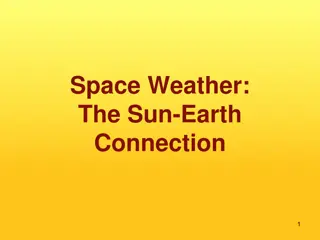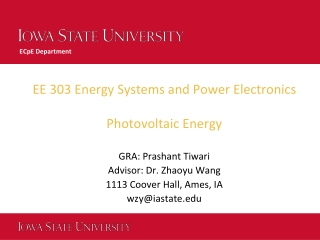Understanding Solar and Lunar Eclipses
Explore the fascinating phenomena of solar and lunar eclipses, learning about the differences between them, how they occur, and why they do not happen every month. Discover the types of eclipses and their characteristics, from total solar eclipses to partial lunar eclipses. Delve into the science behind eclipses and their significance in astronomy.
Understanding Solar and Lunar Eclipses
PowerPoint presentation about 'Understanding Solar and Lunar Eclipses'. This presentation describes the topic on Explore the fascinating phenomena of solar and lunar eclipses, learning about the differences between them, how they occur, and why they do not happen every month. Discover the types of eclipses and their characteristics, from total solar eclipses to partial lunar eclipses. Delve into the science behind eclipses and their significance in astronomy.. Download this presentation absolutely free.
Presentation Transcript
Learning Objects I can explain the differences between solar and lunar eclipses. I can identify the types of eclipses based on the positions of the earth, moon, and sun. I can identify the phase of the moon with each type of eclipse. I can explain why we don t see a eclipse every month.
What is an Eclipse? An astronomical event that occurs when one celestial object (Earth or moon) moves into the shadow of another or a celestial object passes in front of the sun, blocking its light.
Parts of Eclipses Umbra The dark inner portion of the shadow cone. Penumbral the lighter outer portion of the shadow.
2 Types of Eclipses 1) Solar 2) Lunar
Solar Eclipses Sun s light is blocked by the Moon Moon s shadow on Earth Sun, Moon and Earth are in line The moon comes between the sun and the earth and casts a shadow on part of the earth (New Moon) During the day Occurs 2-5 times/year Usually 2
Diagram of Total and Partial Solar Eclipses 8
3 Types of Solar Eclipses 1) Total Solar Eclipse 2) Partial Solar Eclipse 3) Annular Eclipse
Total Solar Eclipse Observers in the umbra shadow see a total eclipse Can only occur if you are at the exact spot within the moon s umbra (which isn t very big). Safe to view the Sun Can see the corona Only lasts a few minutes Path of Totality about 10,000 miles long, only 100 miles wide
Animation of a Total Solar Eclipse Remember that it is not safe to stare at a solar eclipse !!!
Solar Eclipse Animation showing where we see the eclipse This animation shows that the moon creates a small shadow which Only allows certain areas of the earth to see a total solar eclipse.
Partial Solar Eclipse Observers in the penumbra shadow see a partial eclipse Not safe to look directly at the sun Only lasts a few minutes
Annular Solar Eclipse When the Moon is farthest (Apogee) from the earth in its orbit to completely cover the Sun The umbra doesn t reach the Earth Sun appears as a donut around the Moon 17
Viewing Solar Eclipses Remember it is not safe to stare at a solar eclipse with out protective eye wear.
Lunar Eclipses Sun s light is blocked by the Earth Earth s shadow on Moon Earth comes between the Sun and moon and casts a shadow on the Moon (Full Moon) Sun, Earth and Moon are in line During the night 0 -3 times/year
Lunar Eclipses When the Earth s shadow covers the Moon, we have a lunar eclipse
Diagram of Total and Partial Lunar Eclipses 23
3 Types of Lunar Eclipses 1) Total Lunar Eclipse 2) Partial Lunar Eclipse 3) Penumbral Lunar Eclipse
Lunar Eclipse The diagram shows that the moon is covered by the Earth s shadow, which makes this Eclipse safe to look at. Notice the moon sometimes turns red When totality occurs.
Lunar Eclipse reason for seeing different types If you are in the umbra of the shadow, you will see a total eclipse. If you are in the penumbra of the shadow, you will have a partial eclipse
Total Lunar Eclipse When the entire Moon passes completely through the Umbra of Earth s shadow, or total shadow of the Earth.
Animation of Total Lunar Eclipse This is an animation showing a total lunar eclipse from start to finish.
Partial Lunar Eclipse Occurs when part of the Moon passes through the umbra of the Earth s shadow
Penumbral Lunar Eclipse When the moon only passes through the penumbra of Earth s shadow, or partial shadow. They are barely visible.
Who on Earth can see a Lunar eclipse? Anyone who can see the Moon (anyone who is on the nighttime side of the earth during the eclipse).
Why is the Moon red during a Lunar Eclipse? The Earth s atmosphere filters some sunlight and allows it to reach the Moon s surface The blue light is removed scattered down to make a blue sky over those in daytime Remaining light is red or orange Some of this remaining light is bent or refracted so that a small fraction of it reaches the Moon Exact appearance depends on dust and clouds in the Earth s atmosphere 32
Moons orbit and stats Moons orbit around the earth is elliptical Tilted by 50 from the ecliptic Mean distance 384,400km Perigee (closest) 363,300km Apogee (farthest) 404,500km Appears 11% larger during perigee than apogee.
Moons orbit Moon s orbit around Earth is inclined about 5 degrees to Earth s plane of orbit around the Sun Moo n Earth Moon s orbital plane Su n Ecliptic plane Image created by LPI staff
Why dont wee see Lunar Eclipse every month at the Full Moon Phase. ECLIPTIC: plane of the solar system Because the moon, sun, and Earth are not always lined up perfectly. The moon is sometimes above or below the Ecliptic. 35
Why Dont We See Lunar Eclipses More Often? Lunar eclipses don t happen every month because the Moon s orbit is tilted. So, during most months, the Moon is above or below the Earth.
Is it SAFE to watch a LUNAR ECLIPSE with your unprotected eyes? Yes! Because all LUNAR ECLIPSES occur at night so you are looking at the moon NOT the sun! HAVE FUN! 37 37
How often do Eclipses Happen? That depends!! Lunar Eclipses happen more often than Solar Eclipses. Why? Well everyone who is experiencing nighttime during a lunar eclipse can see it. But you have to be at the exact spot on Earth to see a Solar Eclipse. The spot on Earth is so small, that the same place only sees a Solar Eclipse every 350 years!!
Big Ideas Eclipses happen when the Earth, Moon, and sun are aligned and one celestial body moves into the shadow of another celestial object Solar eclipses happen during New Moon while Lunar eclipses happen during full moon.
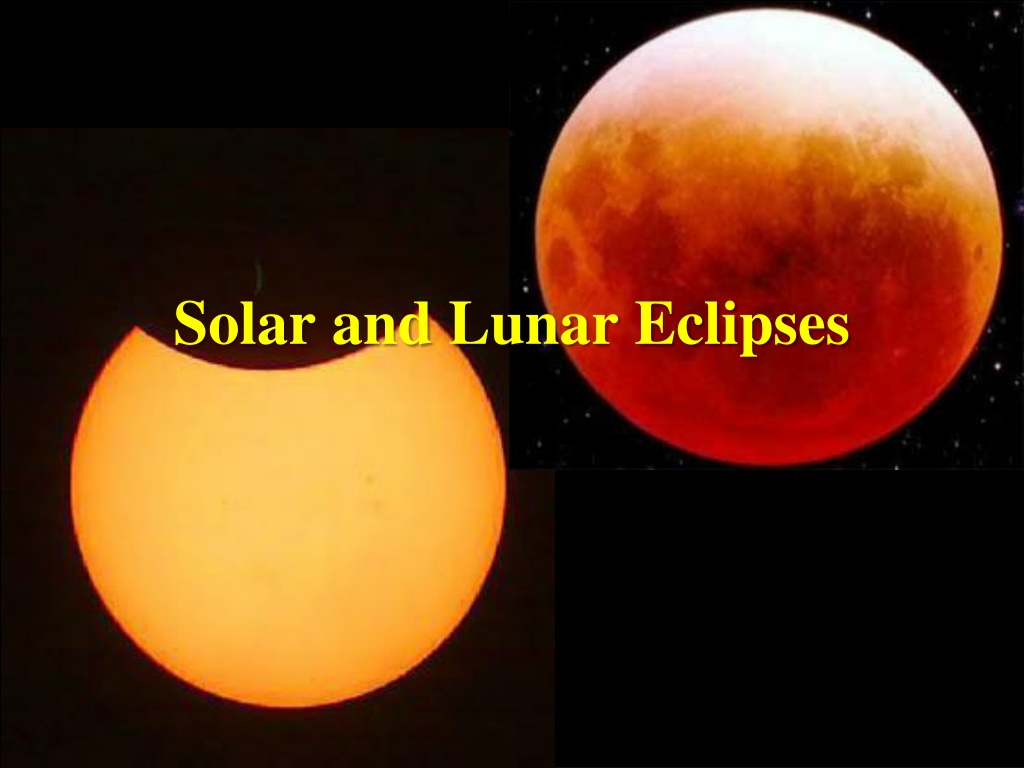

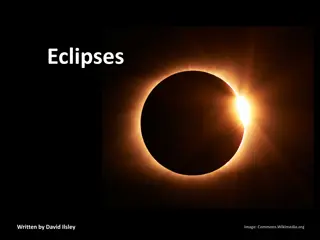
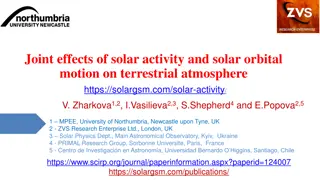
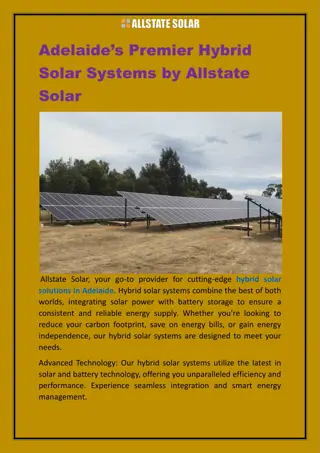
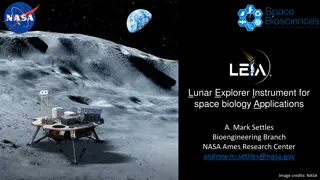

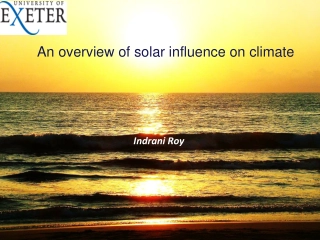
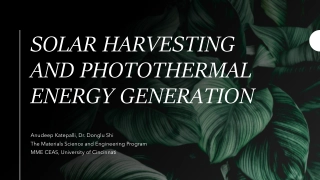
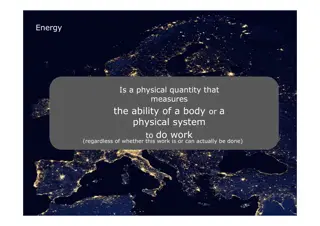
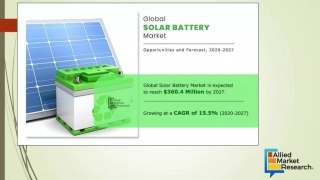
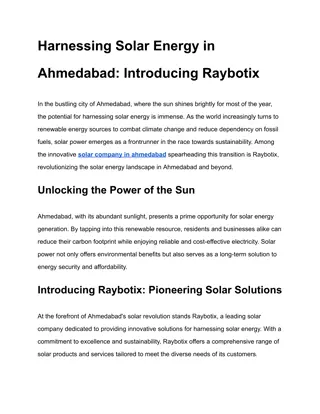
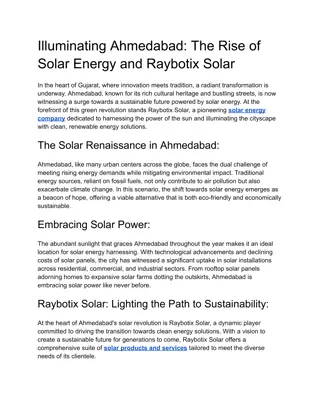
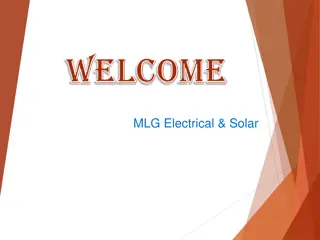
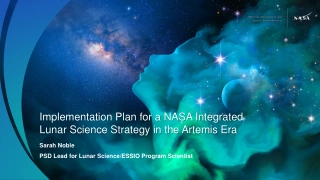
![get⚡[PDF]❤ Building Habitats on the Moon: Engineering Approaches to Lunar Settle](/thumb/21624/get-pdf-building-habitats-on-the-moon-engineering-approaches-to-lunar-settle.jpg)
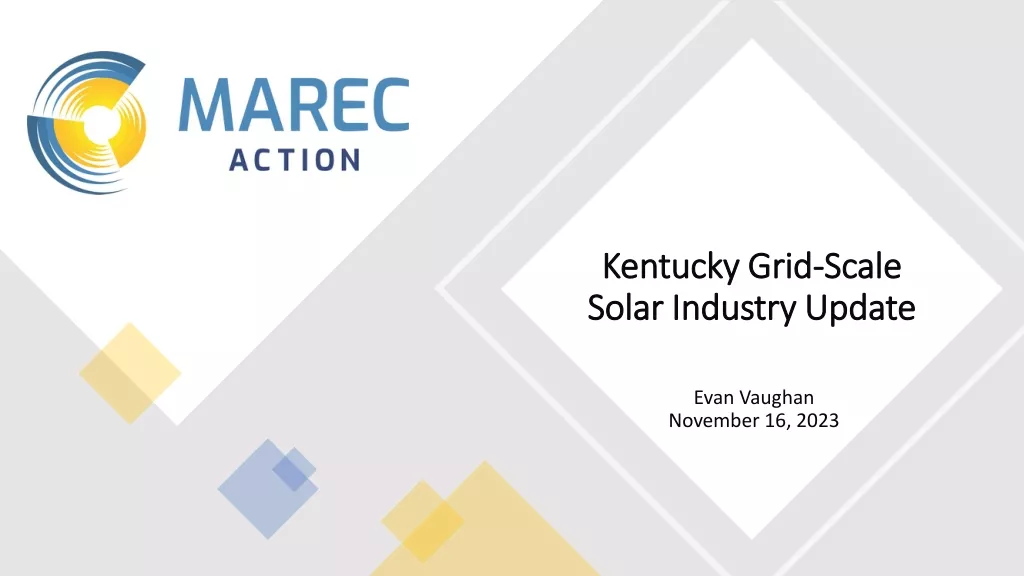
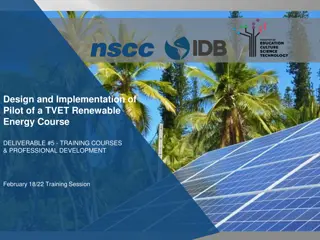


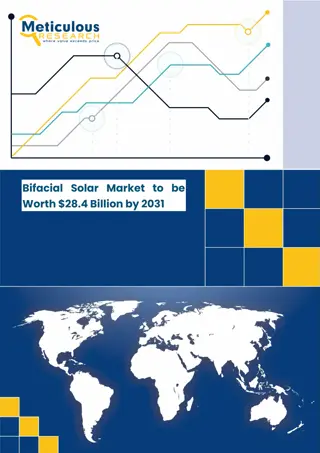
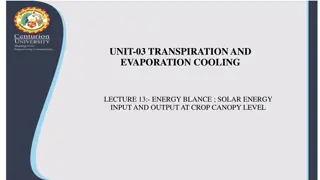
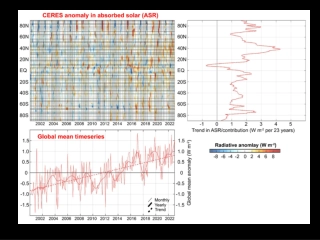
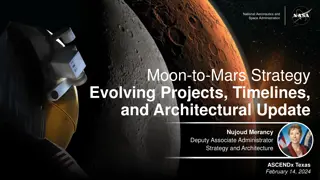
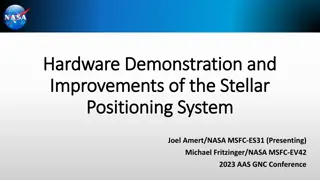
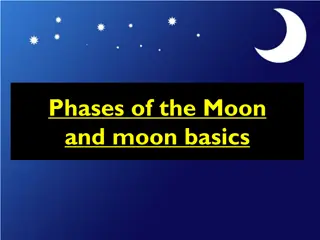
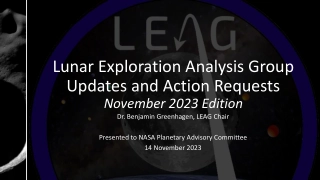

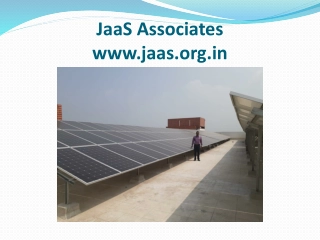

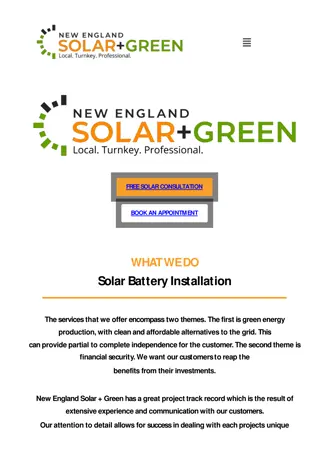
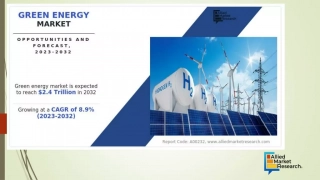
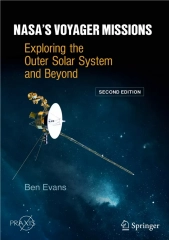
![READ⚡[PDF]✔ Solar Sailing: Technology, Dynamics and Mission Applications (Spring](/thumb/21622/read-pdf-solar-sailing-technology-dynamics-and-mission-applications-spring.jpg)
![READ⚡[PDF]✔ The Earth in Context: A Guide to the Solar System (Springer-Praxis S](/thumb/21508/read-pdf-the-earth-in-context-a-guide-to-the-solar-system-springer-praxis-s.jpg)



![[PDF⚡READ❤ONLINE] Solar Surveyors: Observing the Sun from Space (Springer Praxis](/thumb/21536/pdf-read-online-solar-surveyors-observing-the-sun-from-space-springer-praxis.jpg)
![❤[READ]❤ Robotic Exploration of the Solar System: Part I: The Golden Age 1957-19](/thumb/21623/read-robotic-exploration-of-the-solar-system-part-i-the-golden-age-1957-19.jpg)
![[PDF⚡READ❤ONLINE] Road Atlas for the Total Solar Eclipse of 2024 - Color Editio](/thumb/21696/pdf-read-online-road-atlas-for-the-total-solar-eclipse-of-2024-color-editio.jpg)





